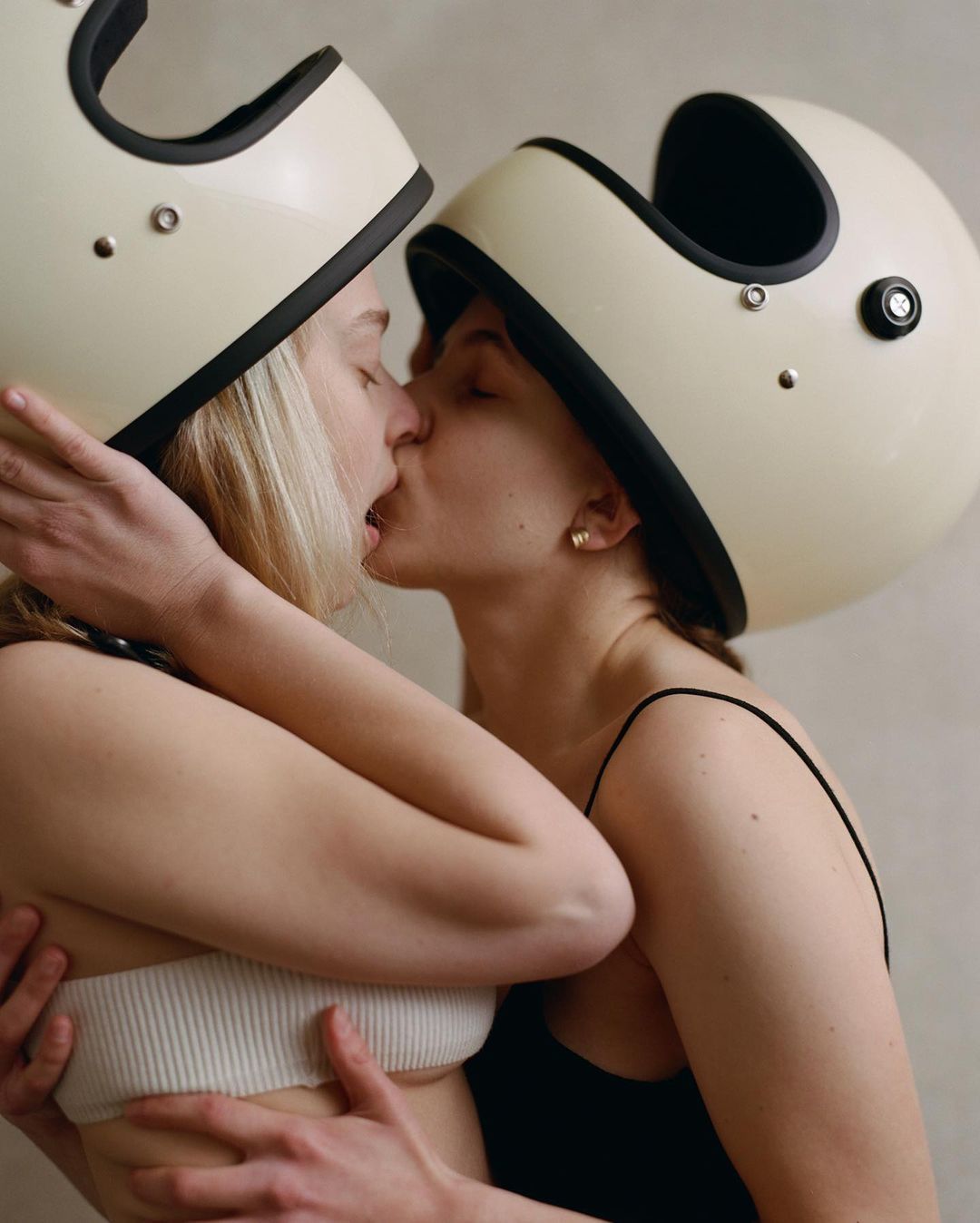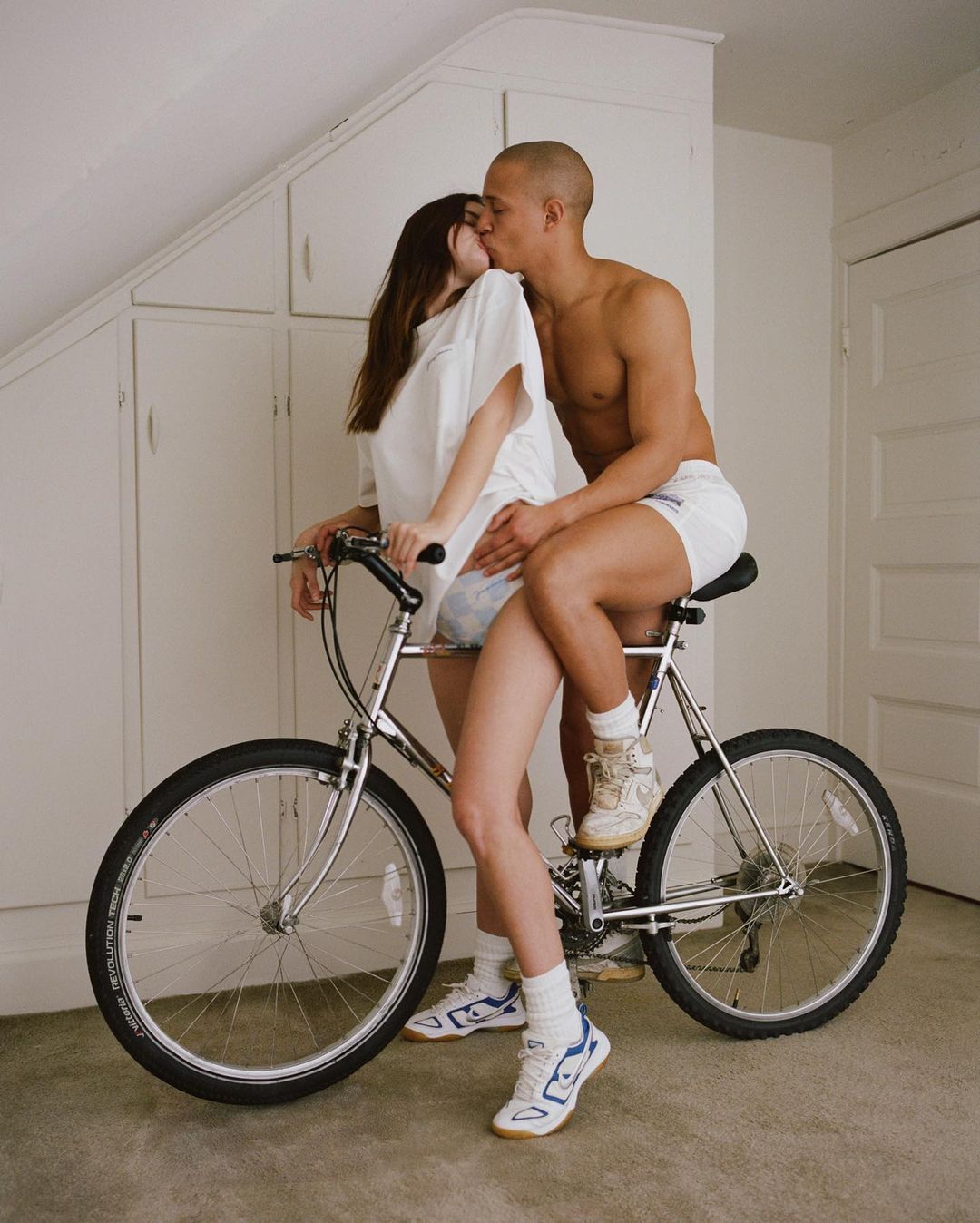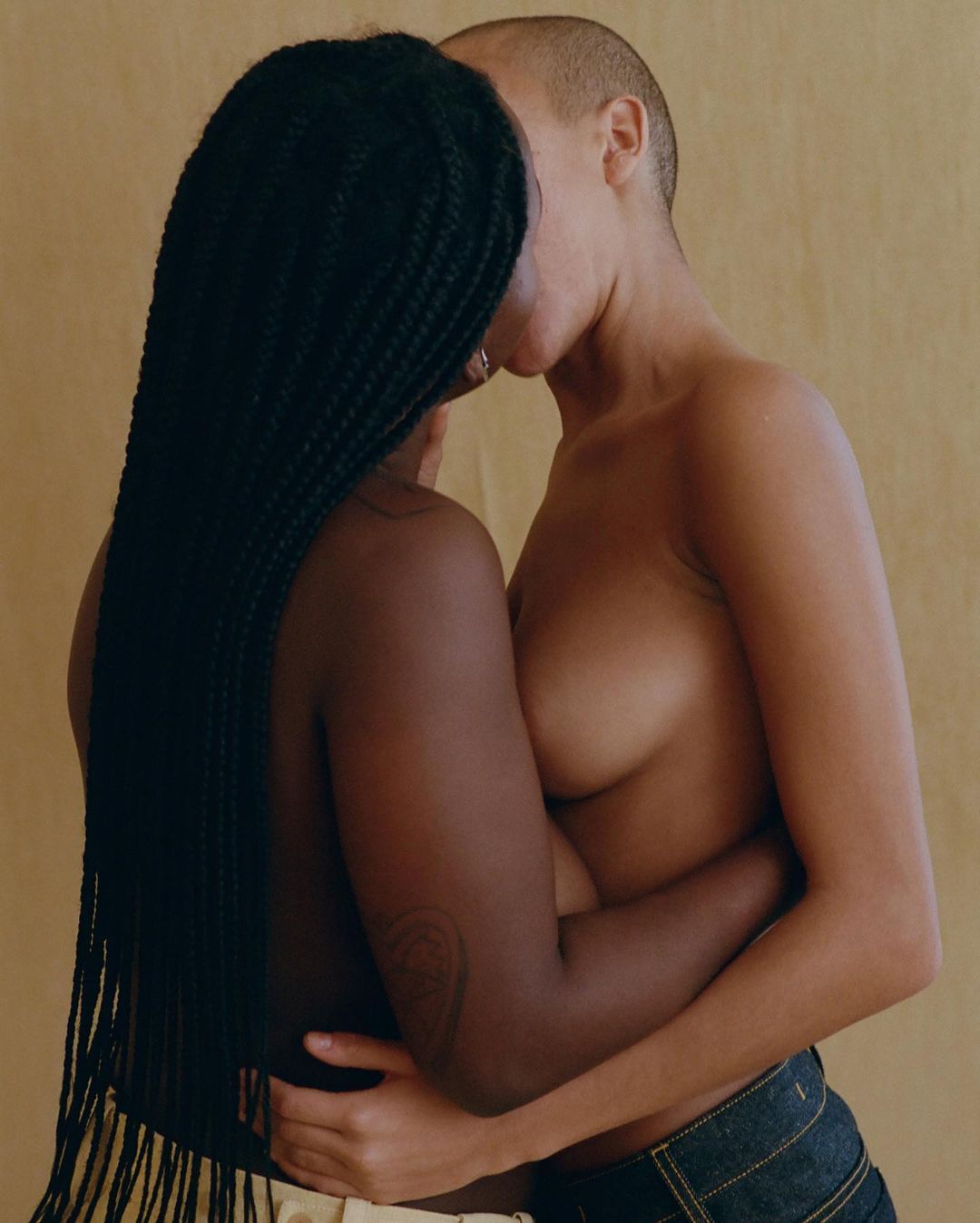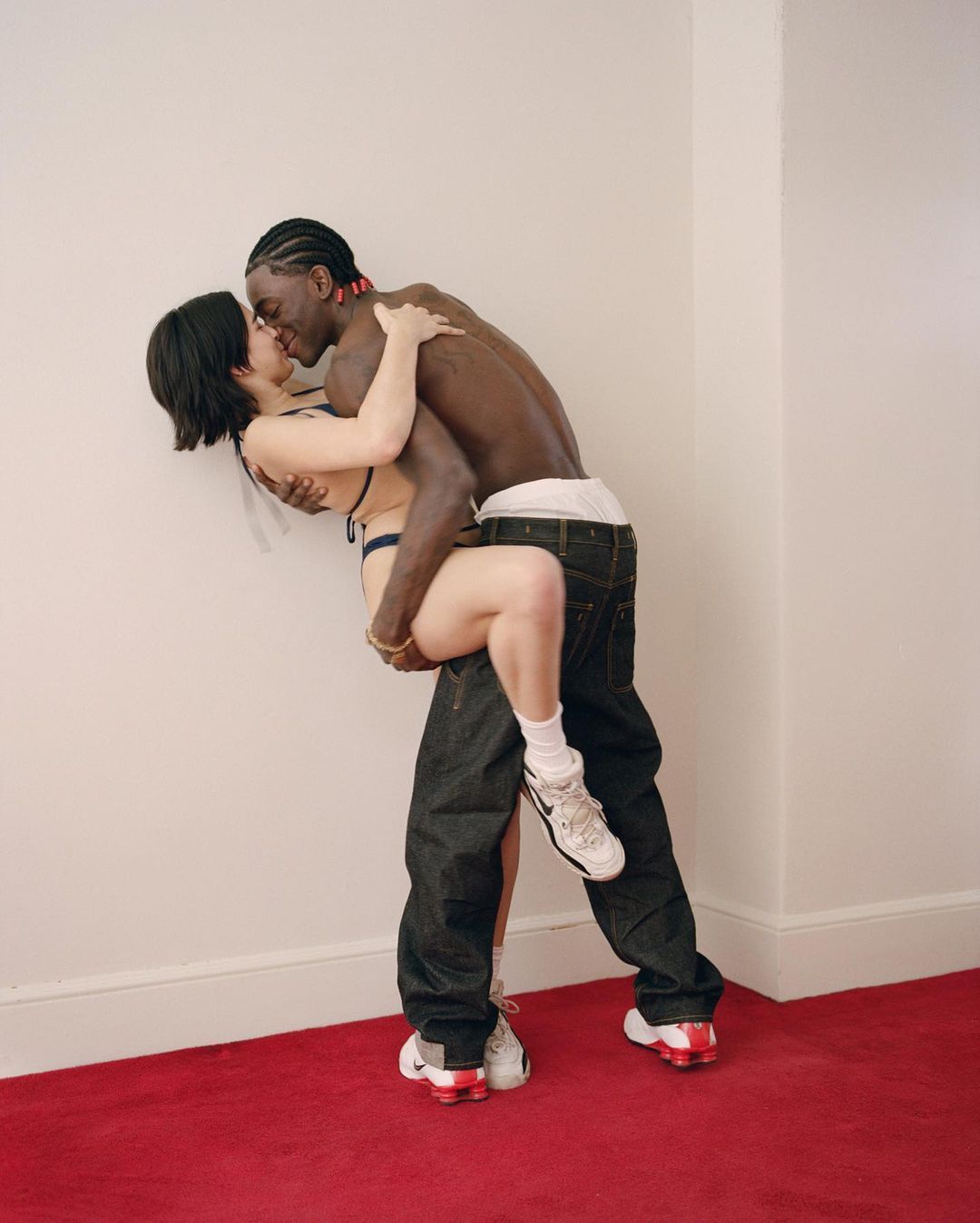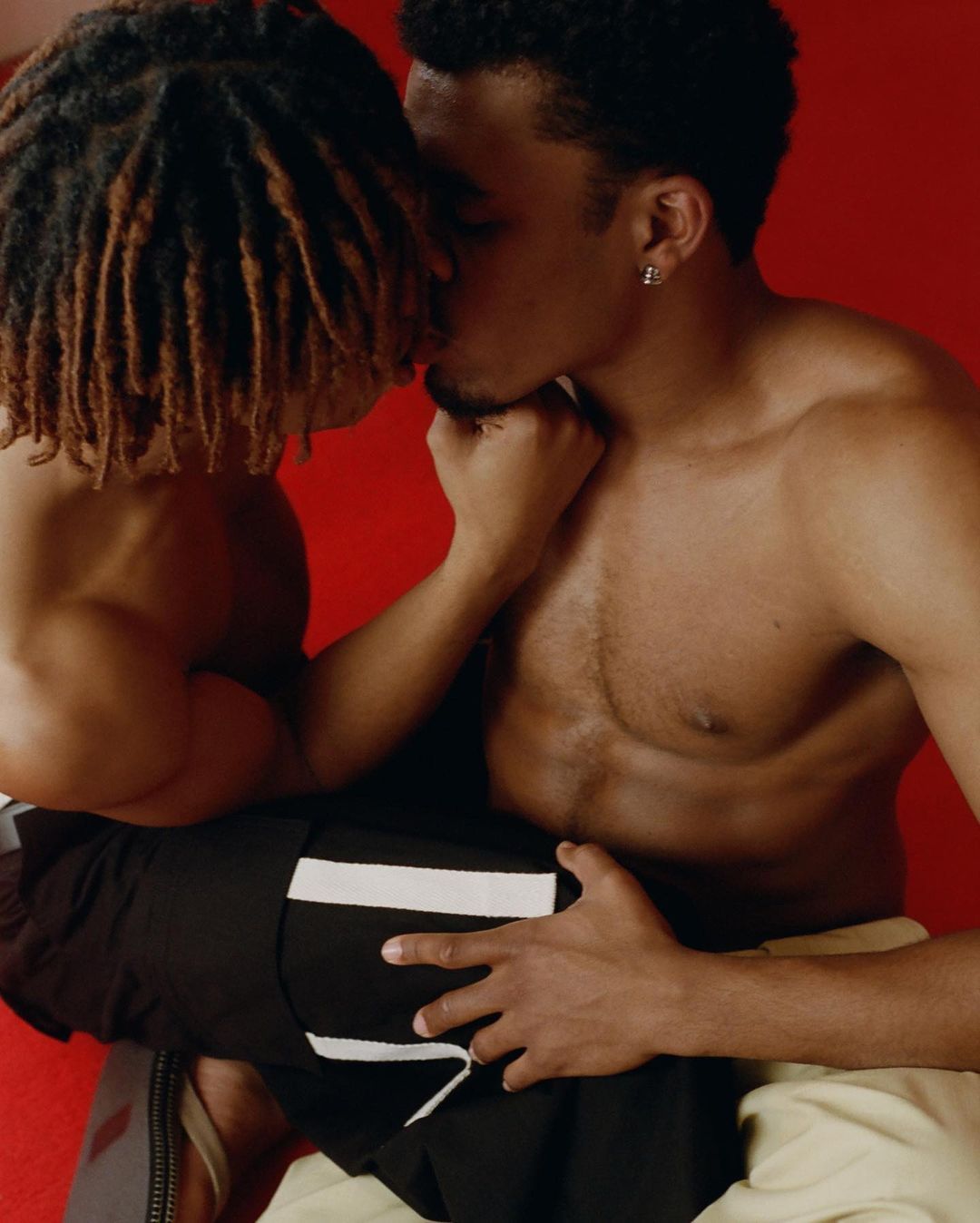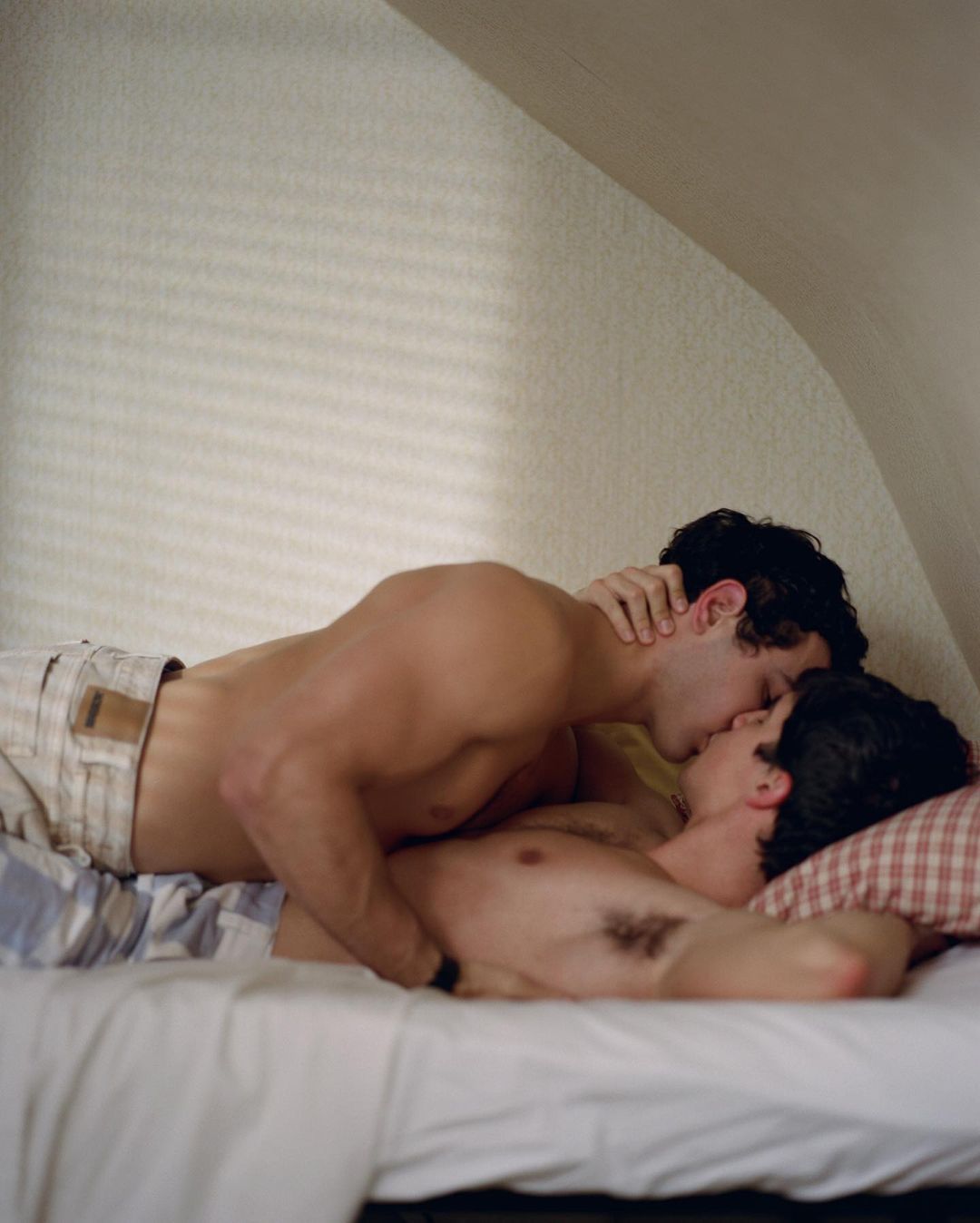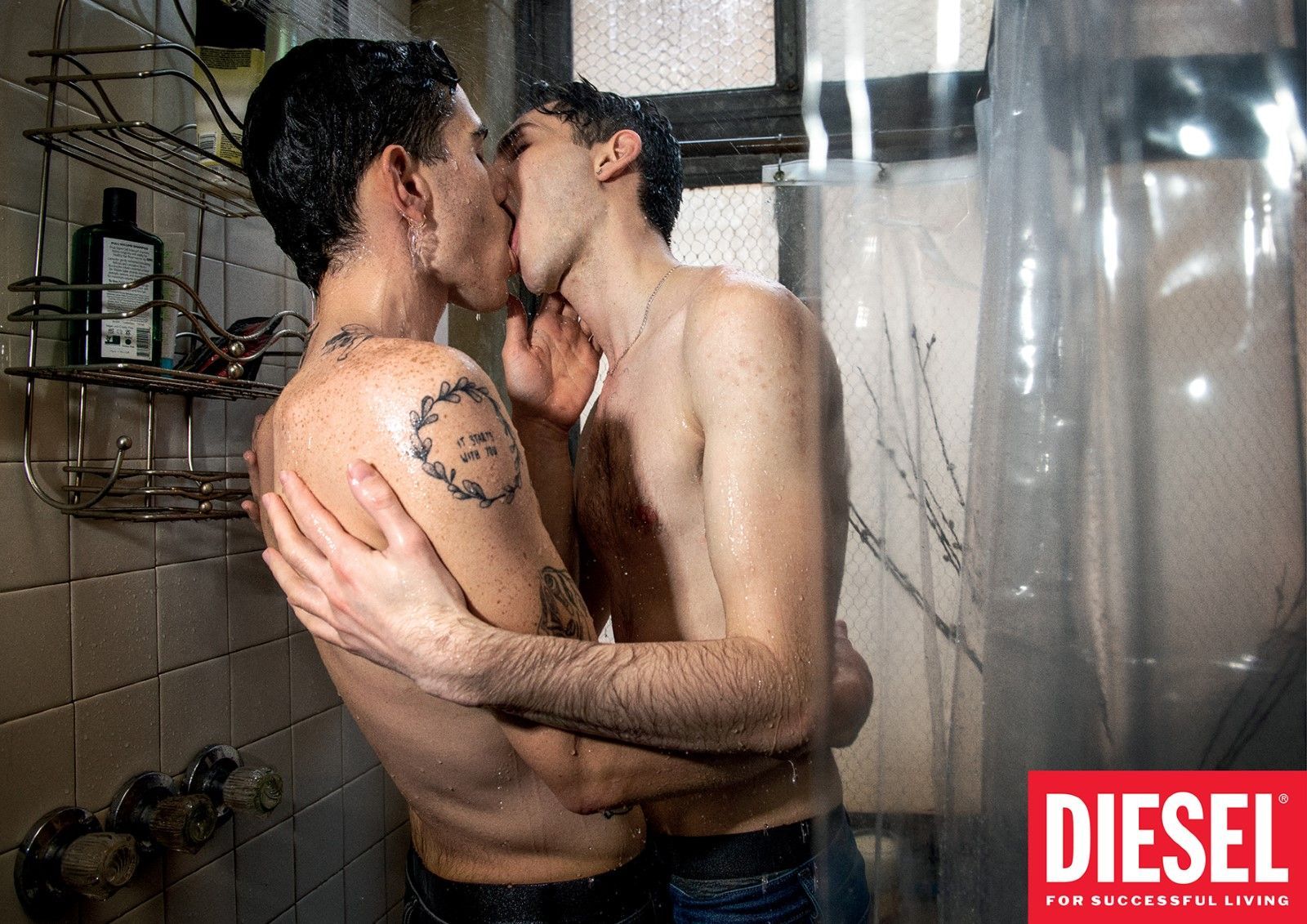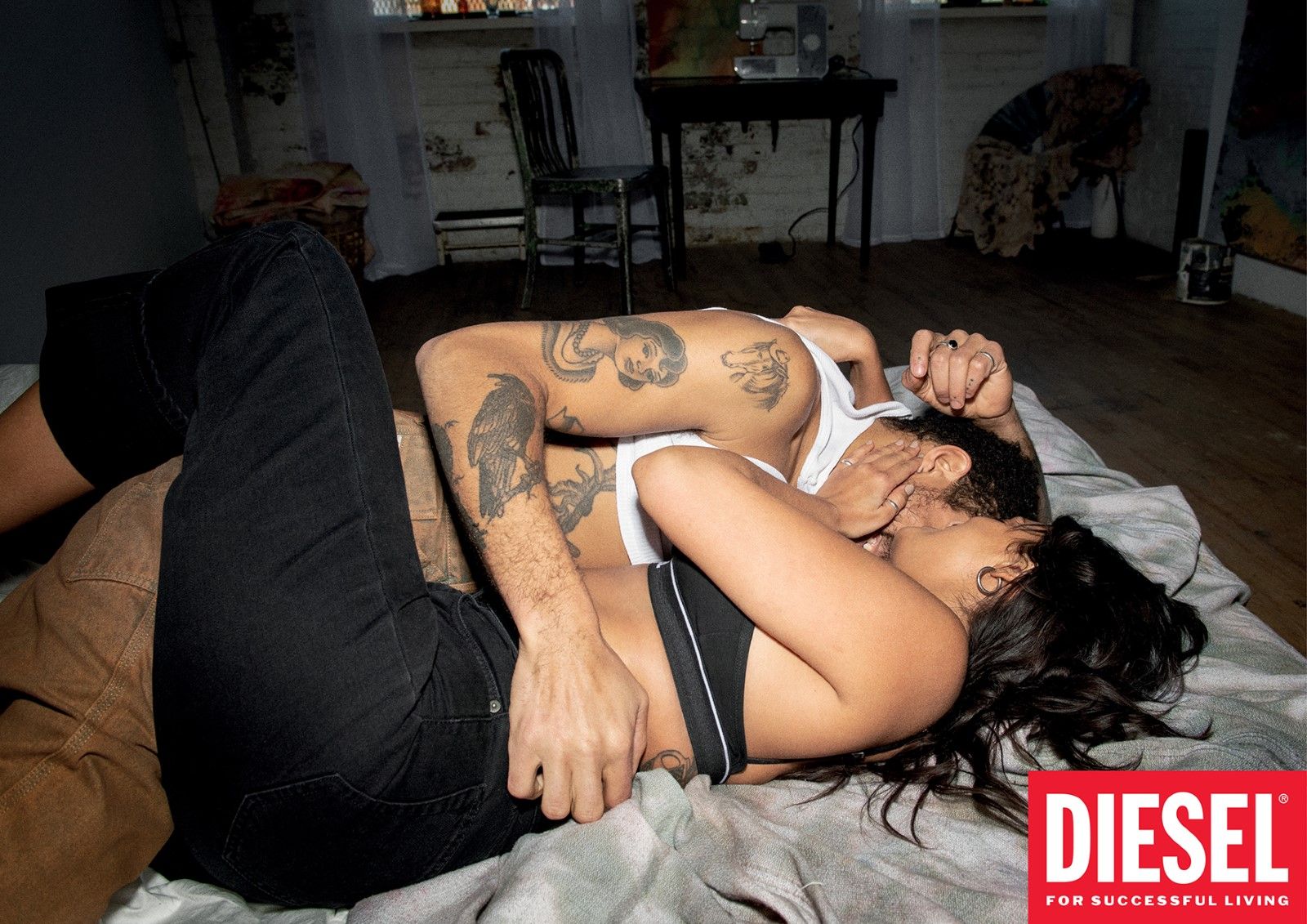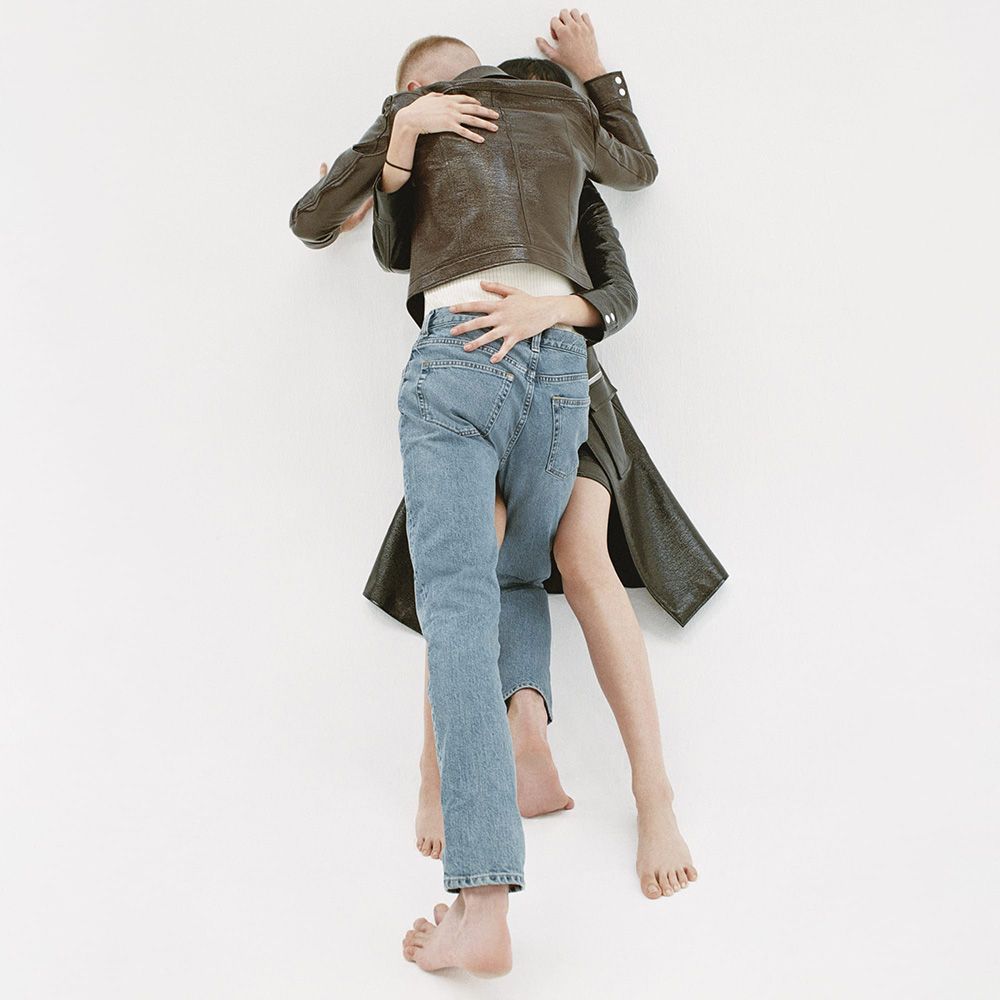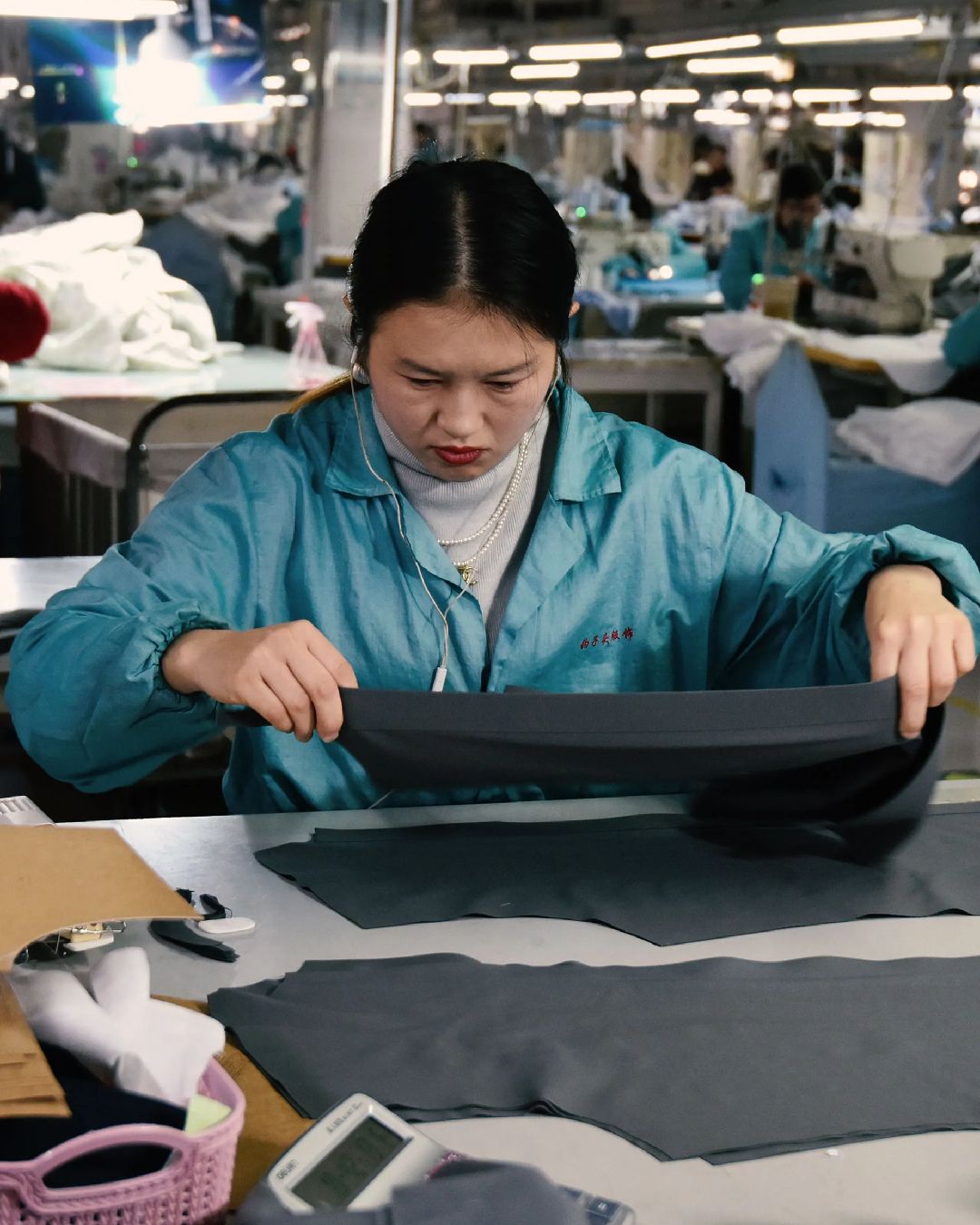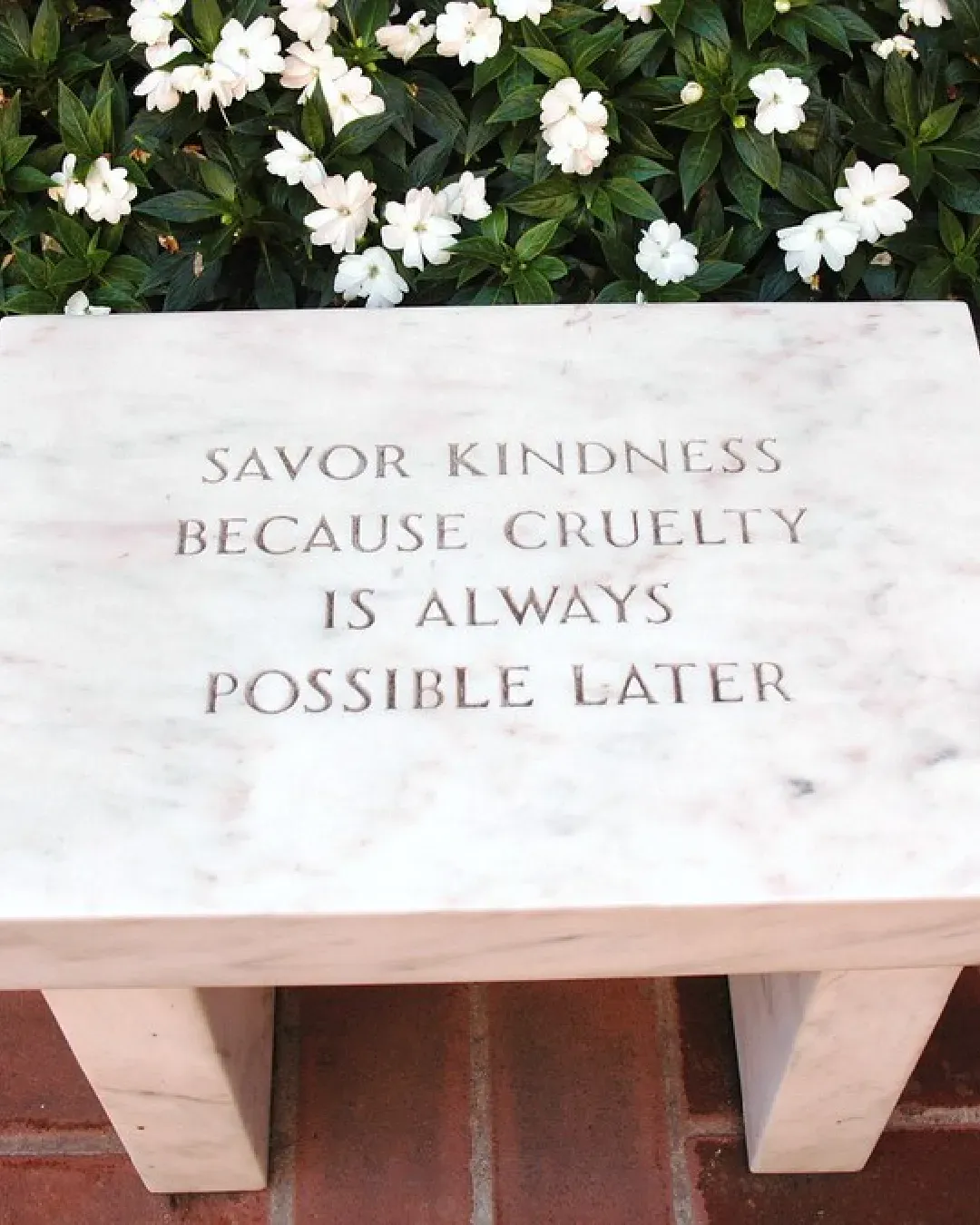
Why is everyone making out in the post-pandemic campaigns? In an increasingly distanced society, fashion becomes voyeuristic
Last week, Jacquemus shared shots from the SS21 campaign, titled L'Amour, which featured a series of young couples of various ethnicities and orientations intent on kissing, exchanging hugs and effusions. A format, that of "couples kissing" born from both cultural and practical circumstances: cultural because 2021 is the year of reconnection, in which one tries to find one's human contacts after the hiatus of the past year; practical because the format of "kissing couples" is an ideal trick to solve in one fell swoop all the possible problems of a fashion campaign. There is inclusivity/diversity, there is sex, there is intense romance (or cheesy sentimentality, depending on the schools of thought), there is the frank sincerity of the documentary - but also the voyeuristic charm of observing a physical contact without filters, something that the pandemic has made forbidden and therefore almost exciting.
But Jacquemus wasn't the only one to use a similar format: the first was Zalando, with a holiday 2020 campaign called We Will Hug Again filled with couples kissing happily in a "celebration of human connection"; then it was Courregès who used the same format for its SS21 campaign and again to Diesel who in mid-February shared a first campaign born under the direction of Glenn Martens called When Together in which another group of couples was portrayed in the middle of passion. But perhaps this curious repetition of the same theme hides a certain creative weariness.
The problem does not lie so much in the quality of the actual campaigns, which from a creative point of view are differentiated from each other and expressive of the aesthetics of the respective brand, but it is difficult that, looking at them, the thought does not regress to other projects, some old years old, which shared its format and spirit: the most recent are Balenciaga's FW19 campaign, with various royal couples portrayed around Paris; Calvin Klein's video from two years ago in which Bella Hadid kissed avatar-influencer Lil Miquela; the video that Michele Foti shot together with Sunnei always in May 2019. The oldest memories date back to Olivero Toscani's legendary Unhate Campaign for Benetton (perhaps one of the archetypes of the format) and other projects such as H&M's Kiss for a Cause campaign in 2012. But the format is actually so trite that even the Hungarian division of Coca Cola used it for the Love is Love campaign in Hungary, also in 2019. Not to mention the infinity of viral videos of which the most famous is First Kiss by Tatia Pilieva that came out in 2014 and now has 147 million views, followed and preceded by countless other "social experiments", promotional videos, student projects and so on.
An element that catches the eye, however, is that in all three fashion campaigns (we exclude Zalando who does not advertise a real collection) the protagonism of this human connection obscures the clothes themselves: both for Diesel and for Jacquemus, the real protagonists look more like bodies than clothes, which in fact in some shots almost do not differ; there are different things for Courregès who, however, follows the same format. The reason for this synchronicity between the campaigns is certainly the dual presence of empathy and voyeurism, as well as the easy replicability of the format but precisely this is what leaves a little perplexed, that is, their excessive "easiness". Simply the format has been seen and redone so many times that seeing three independent brands and a retailer produce identical campaigns over the same quarter has an almost counterproductive effect: in front of yet another half-naked and tangled couple the public becomes desensitized.
It's perhaps interesting to note, rather, how much value is attributed by marketers and art directors to the human connection at an uncertain time like the one we are going through today - so much so that, as we said, even the clothes can be forgotten. As has already happened with lockdown-era DIY fashion campaigns and lookbooks that starred the designers themselves as models, the fashion industry and its marketing sometimes seem to reason with somewhat paranormal synchronicity – or that is perhaps a creative standardization caused by the overproduction of promotional content and the ghost of a lockdown that weaves and exasperates. Not the big minds, but the tired minds think the same way.










































